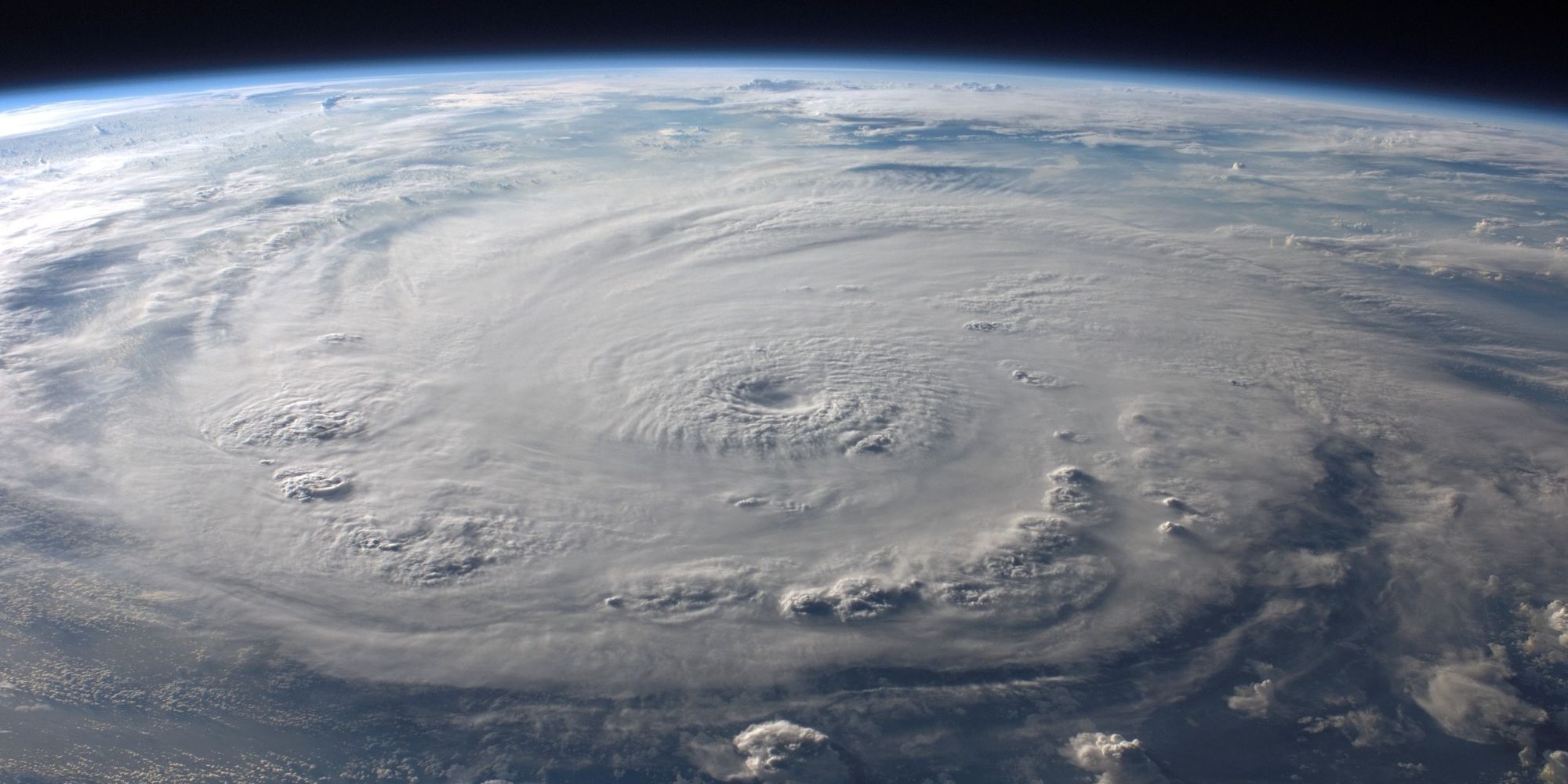
Just over a month ago, scientists from Big Bear Solar Observatory in California published a paper that examined the Earth's gradual dimming since 1998. This phenomenon has been observed for over 20 years by examining the amount of light Earth reflects onto the dark side of the moon, which is also known as "earthshine." The less sunlight Earth reflects back into space, the dimmer the planet becomes to the celestial bodies around it.
As climate change continues to worsen, Earth's atmosphere thins, and with it, so does our cloud cover. These clouds provide the greatest amount of light reflection after snow and ice, all of which are far ahead of land and sea. They're also Earth's first line of protection against the Sun, a fact that is commonly mentioned in combination with global warming, as less reflection means more absorption. However, it would seem this also has an effect on how we see our moon.
In their paper, the scientists combined their research with CERES data — a NASA project for Clouds and the Earth's Radiant Energy System — to show that Earth's dimming has also resulted in a dimming of the dark side of the moon. When looking at a crescent or half-moon, you can usually see a dark outline of the rest of the moon. However, the worse climate change gets, the more this outline will disappear.

While measurements have been running for over two decades, most of the changes recorded have happened in recent years. The scientists calculated a drop of about 0.5% in total, meaning that the Earth reflects about half a watt less sunlight per square meter (approximately 11 square feet) than it did in the '90s. They consider this number "climatologically significant" and note that the slow decline of brightness accelerated starting around 2015. The CERES data they compared their research to uses a different method of measurement, but it shows similar results. In addition, the CERES data goes beyond the 2017 cutoff of the scientists' own measurements and shows that global dimming has gotten even stronger since then.
The scientists considered changes in the Sun's brightness as a contributing factor to the stark decline in Earth's dimming but were ultimately able to rule that out. Their conclusion that Earth's dimming is due to changes on Earth itself is backed up by CERES' data, which shows an increasing lack of low-lying cloud cover over the eastern Pacific in particular, which in turn has been leading to higher temperatures in that area. That is to say, that worsening climate change will cause Earth to dim further and may, eventually, result in an undetectable dark side of the Moon.
Source: AGU, Live Science
from ScreenRant - Feed https://ift.tt/3ldQ7Q9


0 Comments